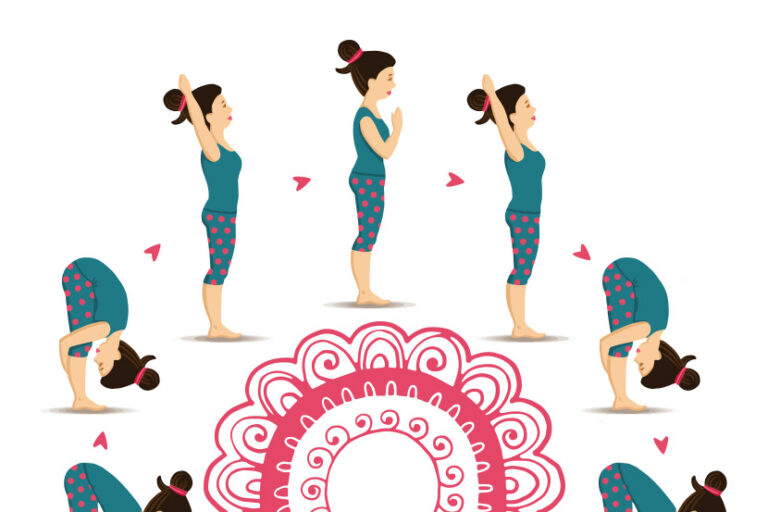
Veritable green thumbs, Lauren Camilleri and Sophia Kaplan are the creators of thriving plant delivery service Leaf Supply. Having recently authored Plantopedia – a definitive guide to houseplants – this dynamic duo shows us that there is a lot to love about life in the plant lane.
What is the history of house plants?
Cultivating plants for pleasure is not new. Around 600 BCE, the fabled Hanging Gardens of Babylon were one of the earliest recorded gardens created purely for aesthetic beauty, rather than the necessity of growing food. The story goes that King Nebuchadnezzar II commissioned the gardens for his wife, Queen Amytis, who missed the lush greenery of her home in Persia. What a guy! The resulting gardens resembled the verdant mountains of her birthplace, filled with olive, quince, pistachio, pear, date, and fig trees. Mysteriously, even though the Hanging Gardens are one of the Seven Wonders of the Ancient World, their exact location has never been discovered, and with conflicting accounts about their origin and no archaeological proof of their existence, these gardens may always remain a beautiful myth.
There are, however, well-documented accounts from Ancient Egypt, Greece and Rome of wealthy citizens tending to plants in their sprawling estates, either indoors or in their courtyards, often with a focus on edible and flowering species. Over in Asia, the art of bonsai, where small trees are cultivated to mimic the shape and scale of full-size trees, began in China between the 2nd and 5th centuries CE.
Houseplant popularity in Europe
In Europe, the popularity of houseplants is thought to have declined after the fall of the Western Roman Empire in the 5th century CE, until the start of the Renaissance in the late 14th century when they came back into vogue in a big way. As European countries ravaged and colonised the Americas, Africa, Asia, and Oceania, they also brought back with them botanical specimens for the purposes of growing food, scientific study, commercial production, and display. The rich began to showcase their wealth by growing plants in orangeries (early greenhouses), which allowed citrus as well as other tropical plants to be grown in colder climates.
But while the wealthy have long enjoyed the pleasure of houseplants, it wasn’t until the 19th century that the pursuit spread to the middle classes. As increasing numbers of tropical and subtropical plants were imported from across the globe, the fashion for houseplants peaked. As glass became more readily available, conservatories began popping up in English gardens, and by the 20th century, advances in lighting and heating allowed for an even greater variety of plants to be grown indoors.
Houseplants today
Fast forward to the 2020s and houseplants are back in the limelight where they rightly belong. Recent studies have shown that houseplants increase concentration, productivity, and general wellbeing, meaning that hopefully they are here to stay, as we learn to appreciate the huge benefits of living with greenery.
The history of botany
In addition to acknowledging the often white, Western role in the world of botany and horticulture, we feel a greater discussion is needed about the ways in which the science was established, often at the detriment of First Nations. In the pursuit of cultivating economic crops for empire building, local inhabitants were often exploited for labour, and their history and knowledge of local botany was ignored or erased.
Despite the language commonly used by many of us, it stands to reason that European botanists were not the first to ‘discover’ certain plants, rather they were the first to record them using Western methodologies. This is indeed a complex issue, and there is a lot of learning to be done within the industry to address the history of many national botanical collections around the world. We all need to educate ourselves about the true narrative and listen more deeply to First Nations People in an effort to make the world, and our plant-loving community, a more equal place.
Houseplant trends
One of the houseplants du jour in the 1970s, the popularity of the spider plant has waxed and waned over the years. Thankfully, as with most things, it has come back into fashion so we can once again get our hands on this lush, fast-growing and incredibly low-maintenance houseplant. Originally from South Africa, Chlorophytum comosum made its way into European homes in the mid-19th century. While wild specimens growing in subtropical and tropical regions feature purely green foliage, cultivars such as Chlorophytum comosum ‘vittatum’ have a broad white stripe down the centre of their leaves. For even more quirk, the Chlorophytum comosum ‘Bonnie’ is the curly cousin of this stalwart, and she’s got all the ease of the common variety but with some added pizzazz. Because spider plants are so unfussy, they can manage in low light (although growth will be slowed) and are often placed in bathrooms. Unfortunately for them it means that they are sometimes referred to, rather unglamorously, as the toilet plant, but don’t let that put you off.




















